Two new ultra-narrow flared road bars hit the market in wake of UCI lever rule
The Ashaa RR handlebars measure less than 15cm wide at the hoods and are made from 3D printed steel
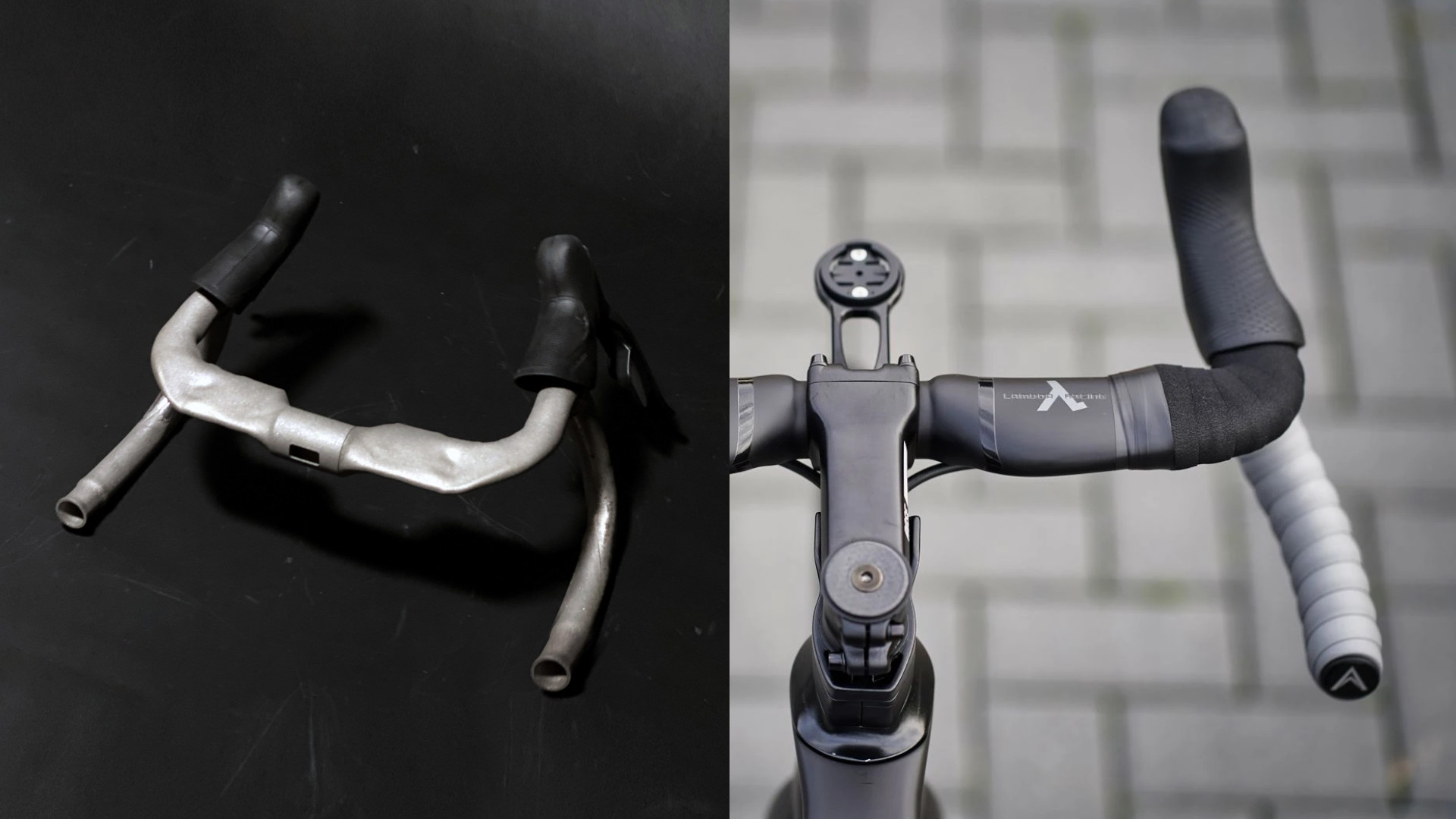
Every season we are seemingly treated to a different UCI rule that riders get exercised about. Previously it’s been sock height, of course with a related contraption. There's been the ban on 'puppy paws' position, handlebar width, and now this season it’s the clamping down of the extreme inward-tilt of the shifter hoods that we saw so many riders adopt in 2023.
While Victor Campanaerts thinks the rule is "bullshit," it’s been pretty well explained by Adam Hansen of the CPA riders union that it is based on legitimate safety concerns. Regardless, levers that deviate more than 10 degrees inwards from the plane of the drops will be subject to… well, we suspect they’ll be subject to ‘being asked to move them out a bit’, but no doubt fines will be threatened.
As ever with new rules, products crop up to circumvent them. On an end-of-the-day curiosity search, I stumbled across two pairs of handlebars that have been newly released, specifically designed and marketed to adhere to the new UCI lever rules. They are both pretty radical, with a large flare, and extremely narrow upper portion to allow riders to create the smallest frontal area possible.
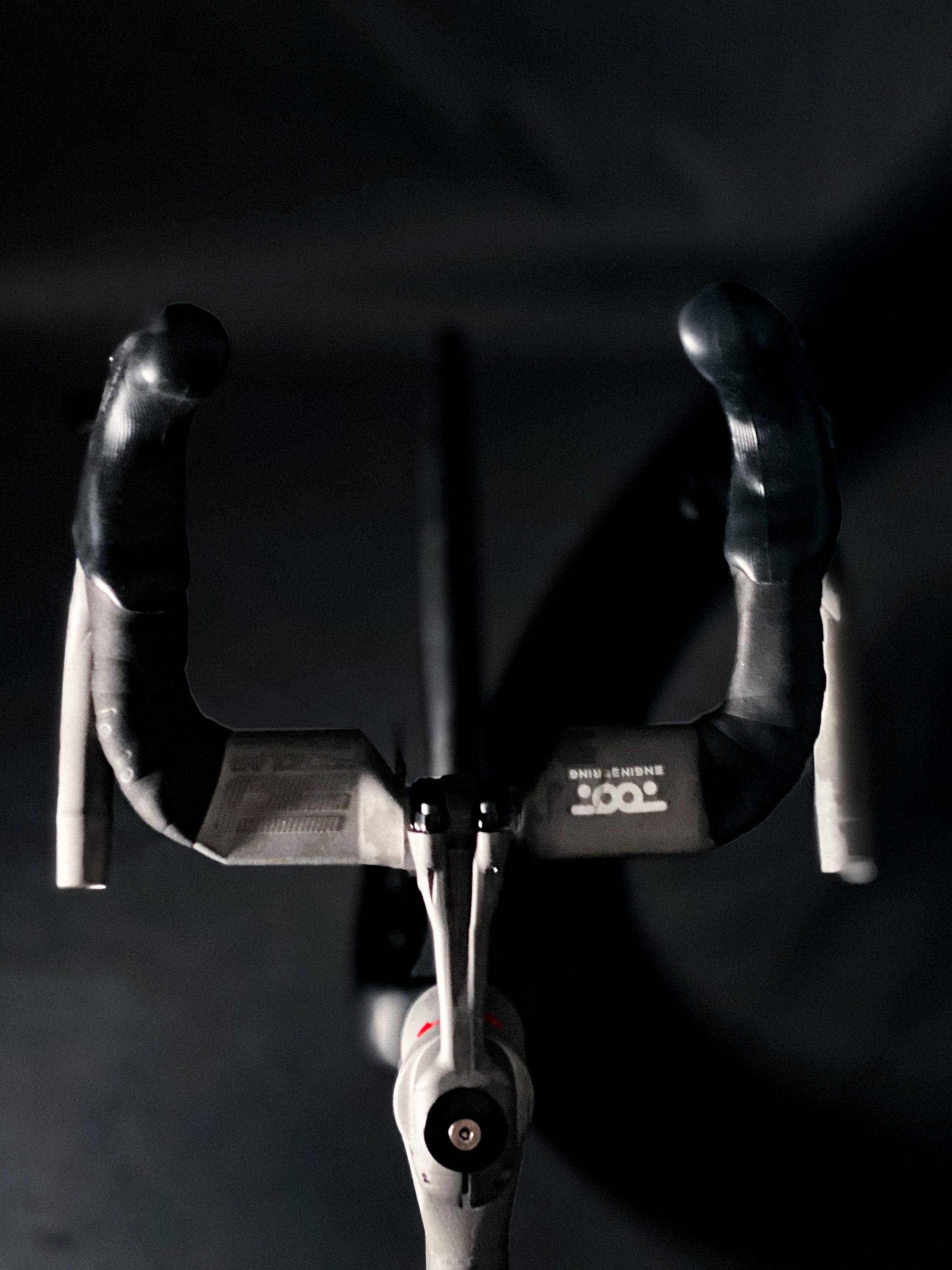
Toot Racing Ashaa RR bar
The numbers alone for this bar are pretty astounding. The outermost reaches of the drops are 350mm apart, hitting the UCI minimum width for drop bars bang on the nose, but then they flare inwards sharply, creating a hood position that’s only 21cm apart at the widest point, and 147mm at its narrowest extent.
The tops, what little there is given the width of the bars, are an aerofoil shape, but from images of them in use this deeper profile is more to be used as a forearm rest than it is to cheat the wind in and of itself.
The other figure that’s hair-raising, beyond the price, is the reach of the bars. From the rear of the clamping area to the tip of the hoods is a full 24cm.
The bars are UCI compliant, and already registered for use at the Paris Olympics, which isn’t a great shock from a brand that also produced perhaps the most radical track bike we've seen in recent years.
Get The Leadout Newsletter
The latest race content, interviews, features, reviews and expert buying guides, direct to your inbox!
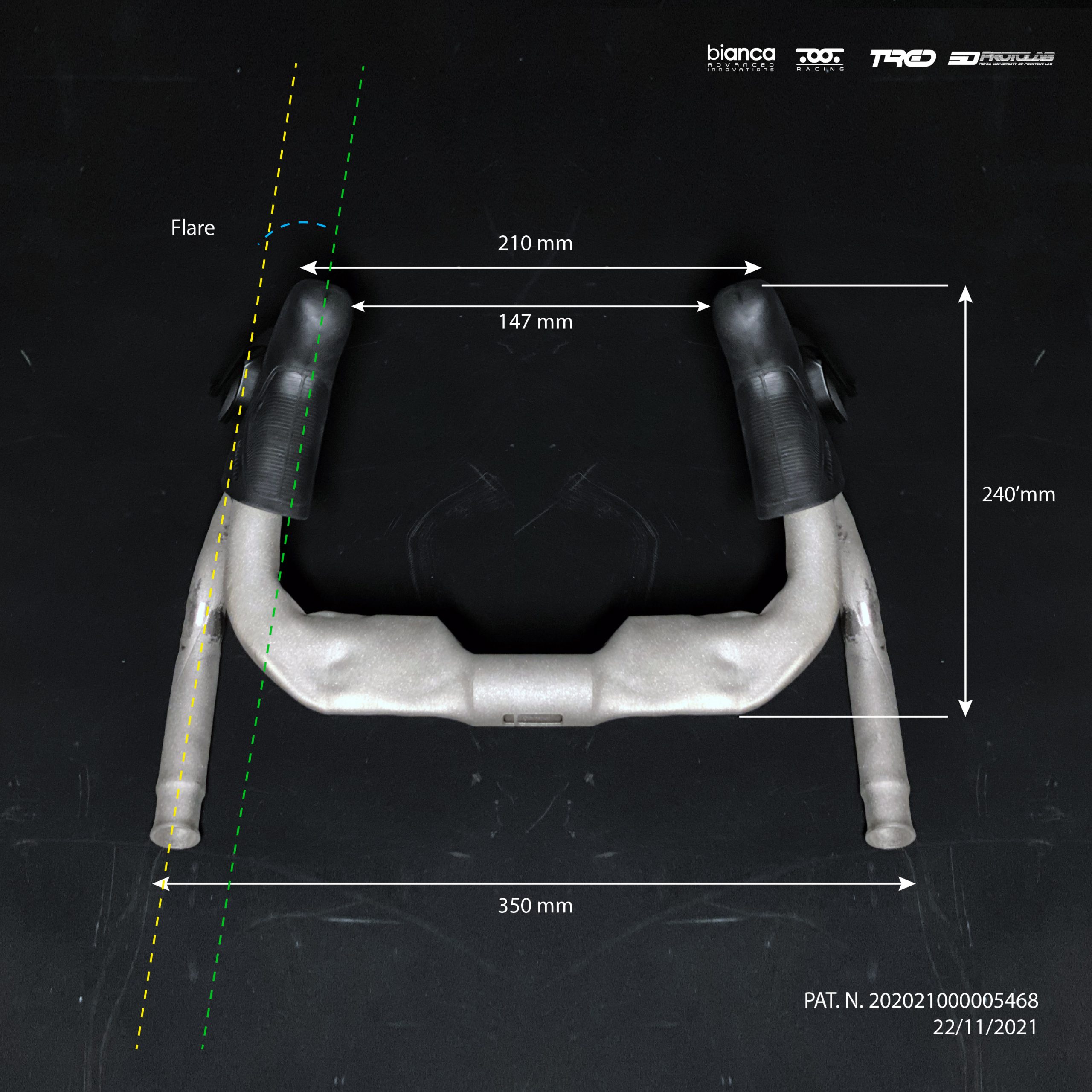
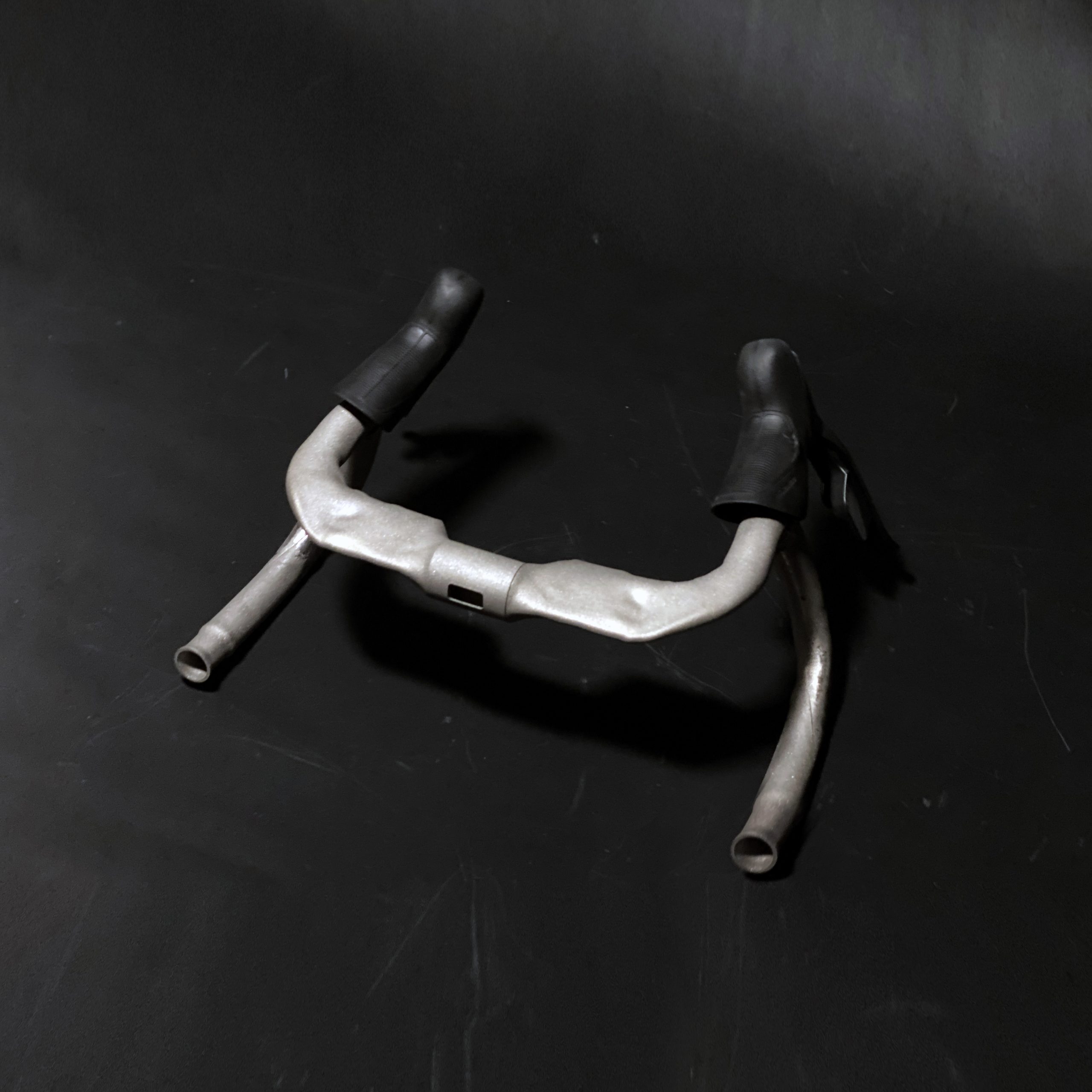
The bars address the letter of the law, but also the spirit of it too, claiming to be designed in terms of strength with the inwardly turned position. They are 3D printed from steel, which is certainly a novel material approach and not something we’ve come across regularly. Despite this, they weigh a respectable 380 grams, and they claim to improve aerodynamic efficiency by 3% over a 40cm bar at 386W and 45kmh.
And although the price tag of €1,390 for off the peg, or €1,990 for a custom set, is in line with 3D printed components, we don't suspect this is a pair that’ll be spotted on your local club run anytime soon.
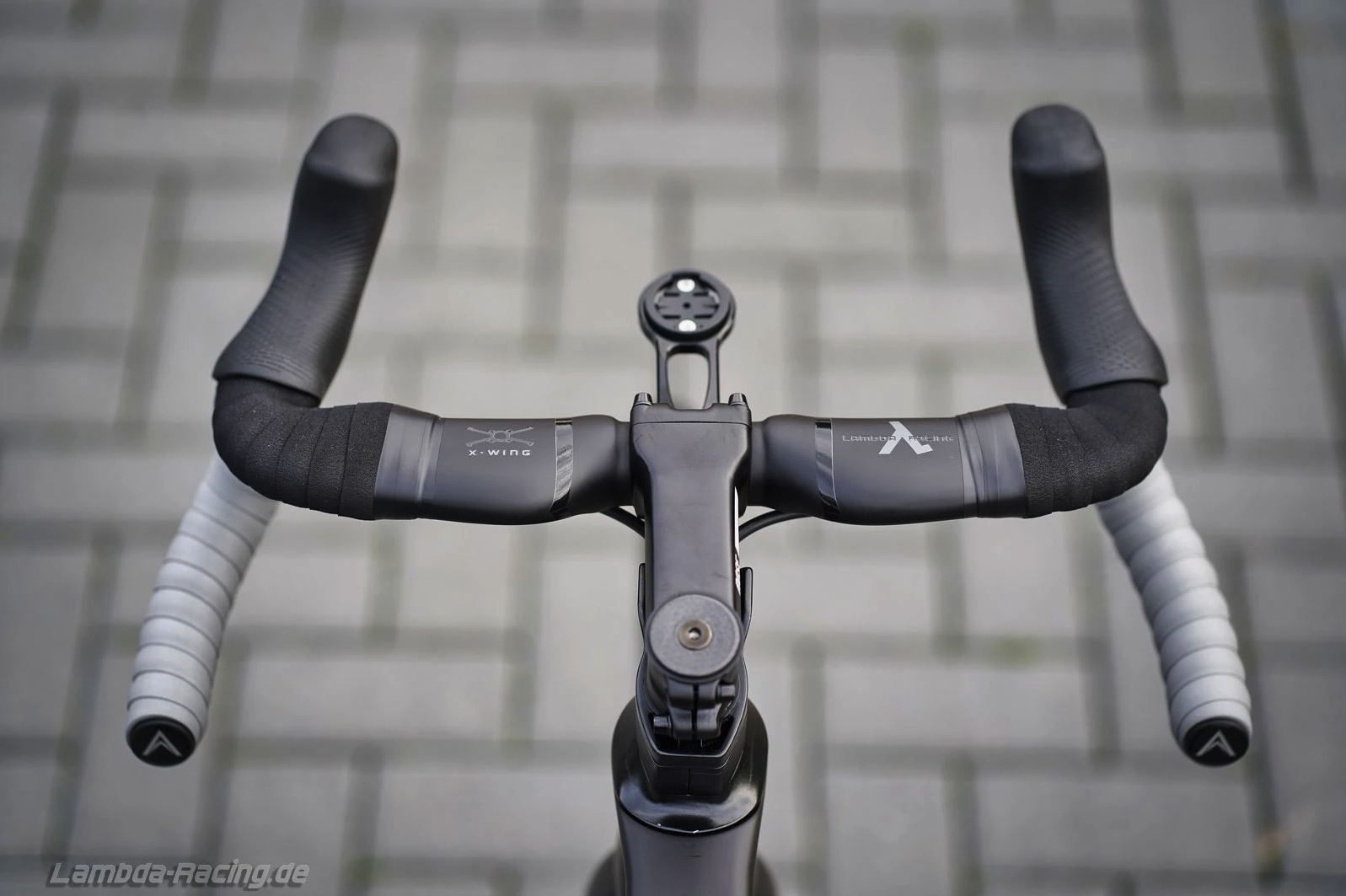
Lambda Tuning Cross-Wing bar
Fortunately for those of us with shallower pockets there is a carbon alternative from Germany with a much lighter price tag to match. The Cross-Wing bar from Lambda Tuning (Not ‘X-Wing’, apparently as that name is protected by copyright… thanks George Lucas!) has similar features to the Ashaa RR but isn’t quite so extreme in form. This, it must be said, probably makes it a little more user-friendly for the general riding enthusiast.
The narrowest width, 40cm at the drops, creates a hood width of 32cm and at the maximum allowable inward flare the tips of the hoods will be 24cm apart. Like the Ashaa RR, the bars have been designed for this inward inflection, and are rated for gravel riding too.
The reach is a very normal 72mm, so they shouldn’t mess with your bike fit nearly as much either. In a rare effort to make life easy for retrofitting parts, the bars have internal routing, but only at the very final stage before the clamp area. Before this point large channels mean you can fit them to your bike without having to disconnect and bleed your brakes (if you’re running disc brakes, that is).
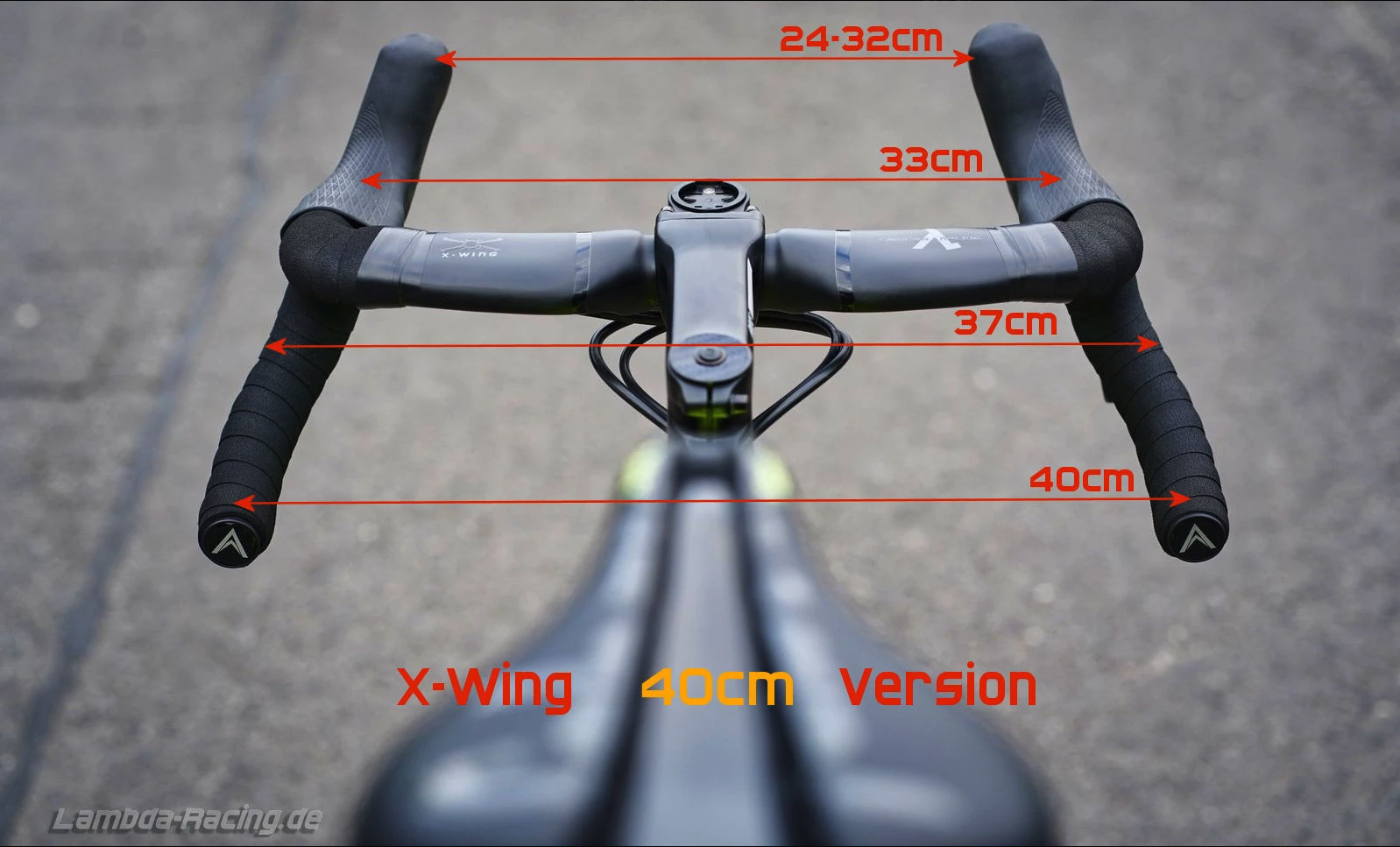
The Cross-Wing also features a relatively low drop of 105mm, perhaps indicating that the drops are where they suspect the riders will stay for general riding, switching to the narrow hoods for concerted efforts.
The rest of the key figures are a 210g weight, a 23 watt gain at 40 kmh (we presume over a standard 40cm round bar, but this is unconfirmed), a 20 degree flare (though the drops are parallel), and a 25mm forward sweep. They’re also available in 42cm and 43cm (at the drops) versions if a 32cm hood width is a little narrow for you, with all widths priced at €219.

Will joined the Cyclingnews team as a reviews writer in 2022, having previously written for Cyclist, BikeRadar and Advntr. He’s tried his hand at most cycling disciplines, from the standard mix of road, gravel, and mountain bike, to the more unusual like bike polo and tracklocross. He’s made his own bike frames, covered tech news from the biggest races on the planet, and published countless premium galleries thanks to his excellent photographic eye. Also, given he doesn’t ever ride indoors he’s become a real expert on foul-weather riding gear. His collection of bikes is a real smorgasbord, with everything from vintage-style steel tourers through to superlight flat bar hill climb machines.